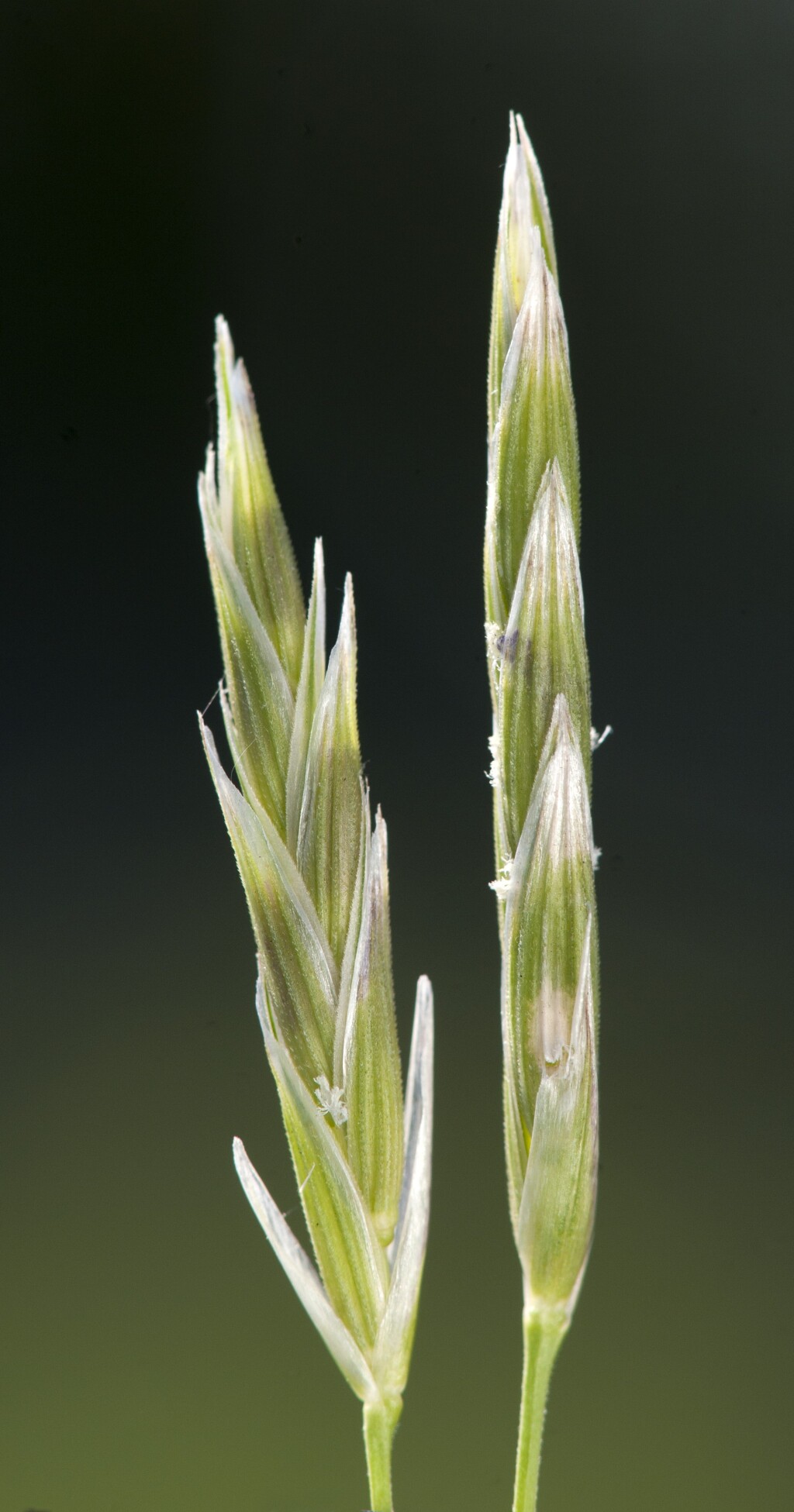Glyceria australis
C.E.Hubb. Australian Sweet-grassTufted, shortly rhizomatous or stoloniferous perennial (occasionally annual), culms ascending to erect, to 1.5 m high, sometimes rooting from lower nodes. Leaf-blades to 50 cm long and 8 mm wide; sheaths closed toward base, at least the lower with distinct short transverse veins becoming raised on drying; ligules to 12 mm long, soon becoming torn. Inflorescence a slender open panicle, the branches often appearing secund, 20–50 cm long. Spikelets 5–12(–20)-flowered, 15–35 mm long; lower glume 3–5 mm long, upper glume 5–8 mm long; lemma 7-nerved, lanceolate, 6–11 mm long, the midvein extending to the acute, entire apex, finely scabrous along nerves; palea shorter than or equal to lemma. Flowers Oct.–Jan.
LoM, Wim, GleP, Brid, VVP, VRiv, GipP, OtP, WaP, Gold, CVU, GGr, DunT, NIS, EGL, EGU, WPro, HSF, HNF, OtR, Strz, MonT, VAlp. All states except NT, Qld. Occasional in or near swamps and shallow lakes and streams almost throughout southern Victoria.
Annual forms may occur in habitats or seasons where conditions are only temporarily suitable.
Some specimens appear almost intermediate between G. australis and the introduced G. fluitans- the latter usually readily distinguished by the lack of transverse septae between the veins of the leaf blades and sheaths. Glyceria fluitans readily forms hybrids with G. notata in their native Europe, and it is possible that at least some plants of intermediate form may be the result of hybridisation between G. australis and G. fluitans.
Walsh, N.G. (1994). Poaceae. In: Walsh, N.G.; Entwisle, T.J., Flora of Victoria Vol. 2, Ferns and Allied Plants, Conifers and Monocotyledons, pp. 356–627. Inkata Press, Melbourne.
 Spinning
Spinning


